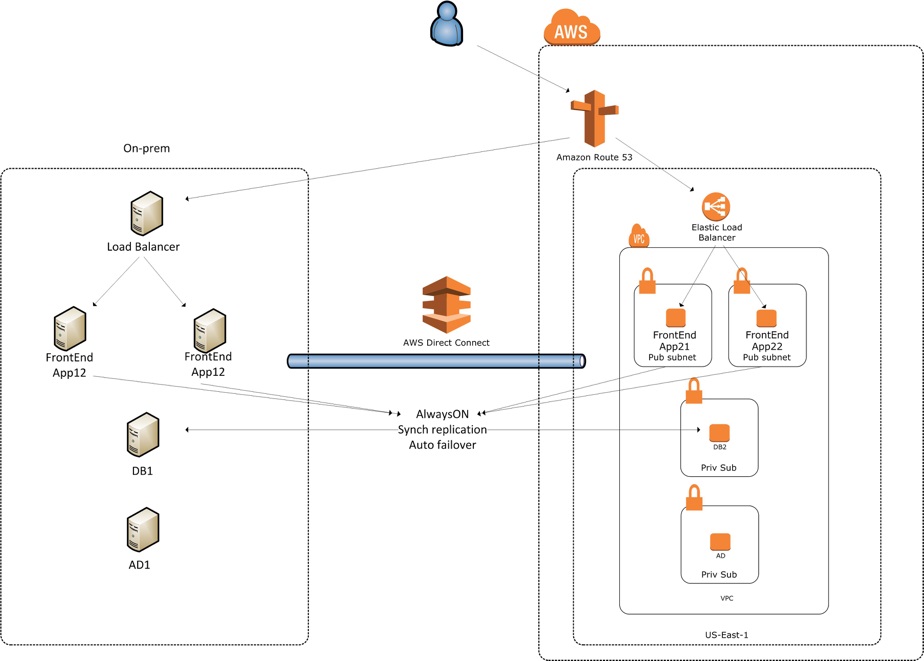AWS Architecture Blog
Category: AWS CloudFormation
Journey to Adopt Cloud-Native Architecture Series: #3 – Improved Resilience and Standardized Observability
September 8, 2021: Amazon Elasticsearch Service has been renamed to Amazon OpenSearch Service. See details. In the last blog, Maximizing System Throughput, we talked about design patterns you can adopt to address immediate scaling challenges to provide a better customer experience. In this blog, we talk about architecture patterns to improve system resiliency, why observability […]
Disaster Recovery (DR) Architecture on AWS, Part II: Backup and Restore with Rapid Recovery
In a previous blog post, I introduced you to four strategies for disaster recovery (DR) on AWS. These strategies enable you to prepare for and recover from a disaster. By using the best practices provided in the AWS Well-Architected Reliability Pillar whitepaper to design your DR strategy, your workloads can remain available despite disaster events […]
Design Pattern for Highly Parallel Compute: Recursive Scaling with Amazon SQS
Scaling based on Amazon Simple Queue Service (SQS) is a commonly used design pattern. At AWS Professional Services, we have recently used a variant of this pattern to achieve highly parallel computation for larger customers. In fact, any use case with a tree-like set of entities can use this pattern. It’s useful in a workflow […]
Disaster Recovery (DR) Architecture on AWS, Part I: Strategies for Recovery in the Cloud
As lead solutions architect for the AWS Well-Architected Reliability pillar, I help customers build resilient workloads on AWS. This helps them prepare for disaster events, which is one of the biggest challenges they can face. Such events include natural disasters like earthquakes or floods, technical failures such as power or network loss, and human actions […]
Fast and Cost-Effective Image Manipulation with Serverless Image Handler
As a modern company, you most likely have both a web-based and mobile app platform to provide content to customers who view it on a range of devices. This means you need to store multiple versions of images, depending on the device. The resulting image management can be a headache as it can be expensive […]
NextGen Healthcare: Build and Deployment Pipelines with AWS
Owen Zacharias, Vice President of Application Delivery at NextGen Healthcare, explains to AWS Solutions Architect Andrea Sabet how his company developed a series of build and deployment pipelines using native AWS services in the highly regulated healthcare sector. Learn how the following services can be used to build and deploy infrastructure and application code: AWS […]
Reactive Microservices Architecture on AWS
Microservice-application requirements have changed dramatically in recent years. These days, applications operate with petabytes of data, need almost 100% uptime, and end users expect sub-second response times. Typical N-tier applications can’t deliver on these requirements. Reactive Manifesto, published in 2014, describes the essential characteristics of reactive systems including: responsiveness, resiliency, elasticity, and being message driven. […]
Scale Your Web Application — One Step at a Time
I often encounter people experiencing frustration as they attempt to scale their e-commerce or WordPress site—particularly around the cost and complexity related to scaling. When I talk to customers about their scaling plans, they often mention phrases such as horizontal scaling and microservices, but usually people aren’t sure about how to dive in and effectively scale […]







